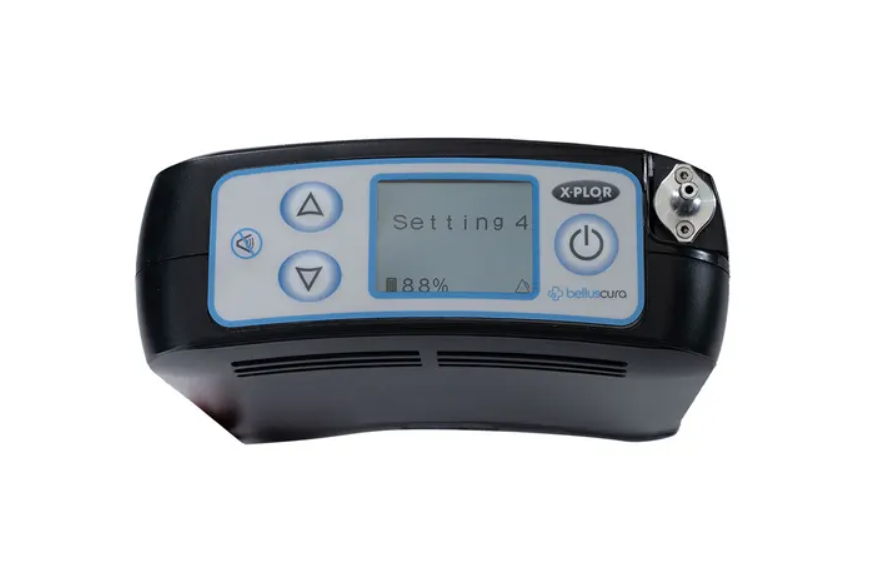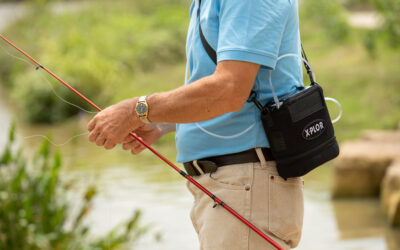The No Breath Detected Mode is a critical safety feature in our portable oxygen concentrators. It ensures continuous oxygen delivery even when a user’s breath is not detected, helping to maintain respiratory support during periods of irregular or paused breathing. This function is designed with clinical safety in mind, supporting users during sleep, rest, or episodes of respiratory irregularity.
Preventing Hypoxia in Unresponsive or Sleeping Users
One of the primary clinical benefits of No Breath Detected Mode is the prevention of hypoxia during times when a user may be unresponsive or sleeping. If a user’s breathing becomes shallow or temporarily stops, oxygen therapy may halt with standard breath-triggered devices. In contrast, our devices automatically switch to Auto Pulse Mode—delivering oxygen at 15 breaths per minute—if no breath is detected after 90 seconds. This helps sustain adequate oxygenation until normal breathing resumes or clinical intervention is provided. This is particularly beneficial for users with conditions such as COPD or sleep apnea.
Added Safety for Patients with Irregular Breathing Patterns
For individuals with irregular or impaired breathing, such as those recovering from surgery or living with neuromuscular diseases, breath detection alone may not be sufficient. In these cases, the No Breath Detected Mode acts as a backup to maintain consistent oxygen delivery. By initiating a pre-set automatic pulse rate at the current flow setting, our technology helps reduce the risk of oxygen interruption due to irregular respiratory signals, providing added assurance for both patients and caregivers.
Supporting Clinical Monitoring and Intervention
This feature also assists clinical teams in monitoring patients who may require close respiratory supervision. The alarm and visual alert after 45 seconds of undetected breathing provide timely notification that can prompt immediate assessment or action. If intervention is delayed, the switch to Auto Pulse delivery ensures a baseline oxygen supply continues for up to 2 hours. This two-phase system—alarm followed by backup oxygen delivery—serves as an important safeguard in home healthcare, post-acute recovery, and assisted living environments.
Enhancing Device Reliability in Real-World Conditions
In real-life use, there are numerous scenarios where breath detection may temporarily fail, such as sensor displacement, cannula leakage, or irregular chest movement. Our No Breath Detected Mode reduces the impact of these issues by maintaining oxygen delivery during these periods. This ensures uninterrupted therapy regardless of user activity, posture, or short-term system interference. As a result, users can depend on our concentrators even in dynamic, unpredictable settings—at home, during travel, or while resting.
Conclusion
The No Breath Detected Mode in our X-PLOR® and DISCOV-R™ portable oxygen concentrators plays a vital role in supporting patient safety and therapy continuity. By automatically delivering oxygen when a breath is not detected, this feature helps protect against hypoxia, supports patients with irregular breathing, and ensures dependable performance in various environments. If you or a loved one rely on oxygen therapy, we encourage you to explore our products and discover how our intelligent safety features can provide peace of mind. Contact us to learn more about how Belluscura can support your respiratory health.



